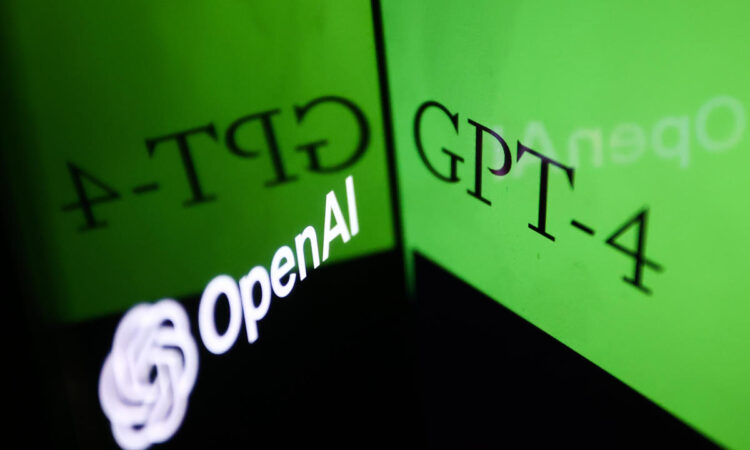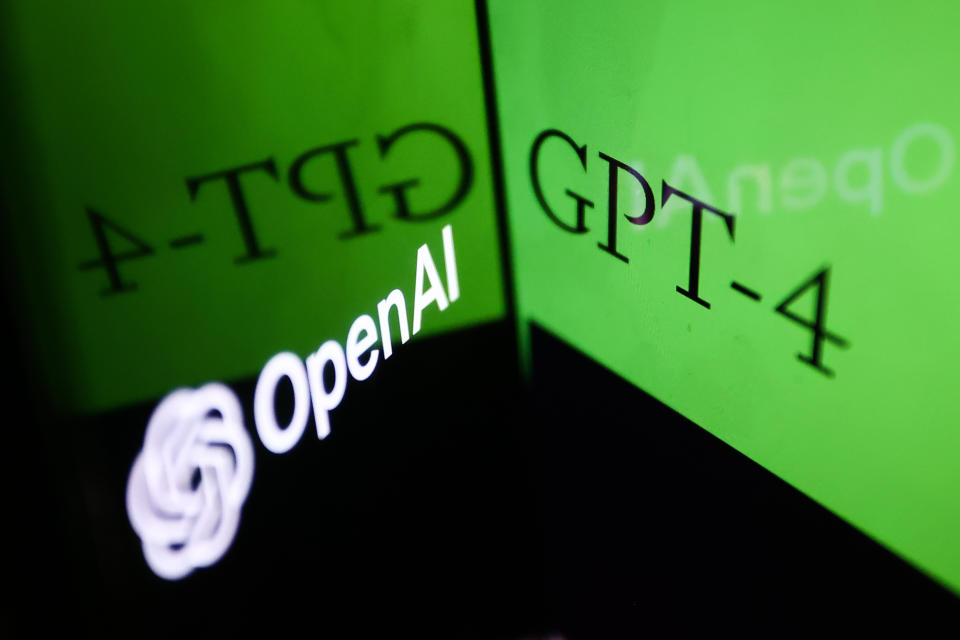

OpenAI has launched GPT-4, an upgraded version of the technology behind artificial intelligence content generator ChatGPT.
California-based artificial intelligence firm OpenAI launched GPT-4 on Tuesday, with a live demo on Youtube.
OpenAI said: “GPT-4 is more creative and collaborative than ever before. It can generate, edit, and iterate with users on creative and technical writing tasks, such as composing songs, writing screenplays, or learning a user’s writing style.”
The upgrade will initially be available to ChatGPT Plus subscribers, who pay $20 per month for premium access to the service.
Read more: Microsoft’s ChatGPT investment could create ‘game-changer’ AI search engine
ChatGPT was launched in November 2022. Microsoft (MSFT) announced a $10bn investment in OpenAI in January.
The tool reached 100 million active monthly users in two months, making it the “fastest-growing consumer application in history”, according to a UBS investment bank research note.
GPT-4, a next-generation large language model (LLM), has enhanced creativity capabilities and in-built fact-checking powers, according to the developers.
Differences to ChatGPT
The new upgrade has a more structured interface so that users can tell exactly which pieces of text are the questions, or “prompts”, and which pieces are the responses from the artificial intelligence.
GPT-4 can also perform more complex tasks than ChatGPT. According to MIT Technology Review, the upgraded application was able to rewrite the announcement blurb from OpenAI’s website using words that begin with the letter G.
It outputted: “GPT-4, groundbreaking generational growth, gains greater grades.
“Guardrails, guidance, and gains garnered. Gigantic, groundbreaking, and globally gifted.”
GPT4 can read images as well as text
Unlike ChatGPT, GPT-4 does not just respond to prompts in text. The upgrade is multimodal, meaning that it can respond to both text and images and generate content that is formed of both.
For example, a user could give GPT-4 a photograph of the contents of a supermarket shelf, then instruct the AI tool to come up with recipes that use the featured ingredients.
Read more: How to master using the new AI tool ChatGPT
In one test GPT-4 was given a hand-drawn design for a website on a piece of paper. The application was able to output the design as a fully functioning website within seconds.
Other multimodal AI model competitors include Flamingo from Google’s DeepMind (GOOGL).
AI start-up Hugging Face is working on a multimodal model that is open-source, and will be free to use and adapt, according to MIT Technology Review.
GPT-4 passes academic bench-mark exams
President and co-founder of OpenAI Greg Brockman said GPT-4 “passes many qualification benchmarks, like the bar exam and AP Calculus”.
It could outperform ChatGPT on human exams including the uniform bar exam and the biology olympiad, where it ranked in the 90th and 99th percentiles, respectively.
GPT-4 was able to generate an answer to a complicated tax query and can churn through long legal and academic documents, with the ability to use the information it receives to answer questions and solve complex tasks.
OpenAI said: “GPT-4 is a large multimodal model, accepting image and text inputs, emitting text outputs, that, while less capable than humans in many real-world scenarios, exhibits human-level performance on various professional and academic benchmarks.”
GPT-4 to partner with other AI companies to incorporate more features
OpenAI has partnered with Duolingo, a language learning app, and Be My Eyes, a tool for the visually impaired, to develop AI chatbots that can assist their users using natural language.
Despite its advancements, OpenAI cautioned that GPT-4, like its predecessors, may still “hallucinate,” generating erroneous reasoning or fictitious information, and is not entirely reliable.
Watch: How ChatGPT could lead to ‘mass technological unemployment’ — The Crypto Mile
Download the Yahoo Finance app, available for Apple and Android.






